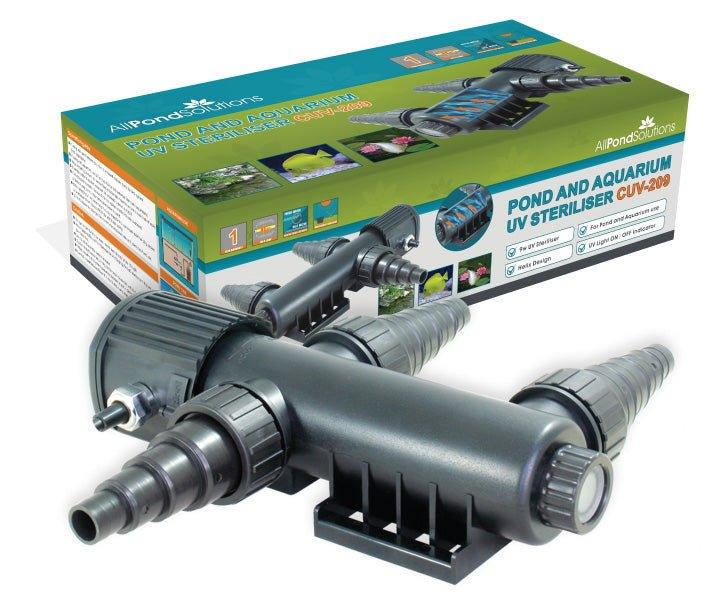Identifying Differences Between Showa & Sanke Koi Carp
Sanke and Showa are two very similar types of koi carp. Both species sport three different colours, they are both non-metallic and they both have Ginrin and Doitsu scale variations. If you buy these koi fish when they are young you will have an even tougher time telling one from the other due to the years it can take to fully develop their colours and patterns. Even here at AllPondSolutions, our livestock specialists have to closely observe the koi to determine which one is which type. Here are a few tips that we use to identify Sanke koi from Showa koi:

Sanke Koi Fish
Deciphering Colours:
Both species will have black, white and red colouring. You should be able to clearly tell each colour apart from each other and each colour should be solid.
- Sanke koi fish will have a white base colour.
- White will begin at the nose and continue down to the tail – the white should not have any discolouration.
- Red patches will be the larger, more prominent colour pattern found on Sanke koi.
- Black (Sumi) markings are generally small in contrast to the red (hi). You can think of the sumi as more of an accent.
- Showa koi fish have a black base colour.
- The sumi base is seen extending through the entire body and thins out at the fins.
- There are often large dense patches of red seen on the face, back and tail.
White will be seen intertwined with the black and red to form patterns on the Showa koi.

Showa Koi Fish
Pattern:
The location of the scale pattern on these koi carp will be a great help for successfully determining which type of koi you have. First, you must observe if the pattern is mostly on the back of the koi carp or if it appears to wrap around the body. Does it follow a line down the back or reach down the sides of the fish to the belly?
With Sanke koi, you tend to find that the pattern stays above the lateral line of the fish’s body – just on the back. (See left fish in the image above).
Whereas Showa koi will have thicker looking pattern that appears to wrap around the fish’s body - past the lateral line to the belly (See right fish in the image above).
Pay attention to the black (Sumi) pattern:
If the black (sumi) pattern is spot-like, small and more sporadic you are looking at a Sanke koi fish.
Another big giveaway can be found on the face/head of your koi. If the black pattern is present on the head, this is most likely a Showa koi. Showa typically display all three of their colours somewhere on their head.
Finally, black (Sumi) colouring and pattern on the pectoral fins:
Motogoro is a term that means black markings on the pectoral fins of koi carp - whether it is a solid marking at the base of the fin or sprawling out through the entire fin. Motogoro is very common (though not always seen) on Showa koi. Sanke koi on the other hand generally have clean white fins but sumi stripes can also appear on one or both of the pectoral fins.
